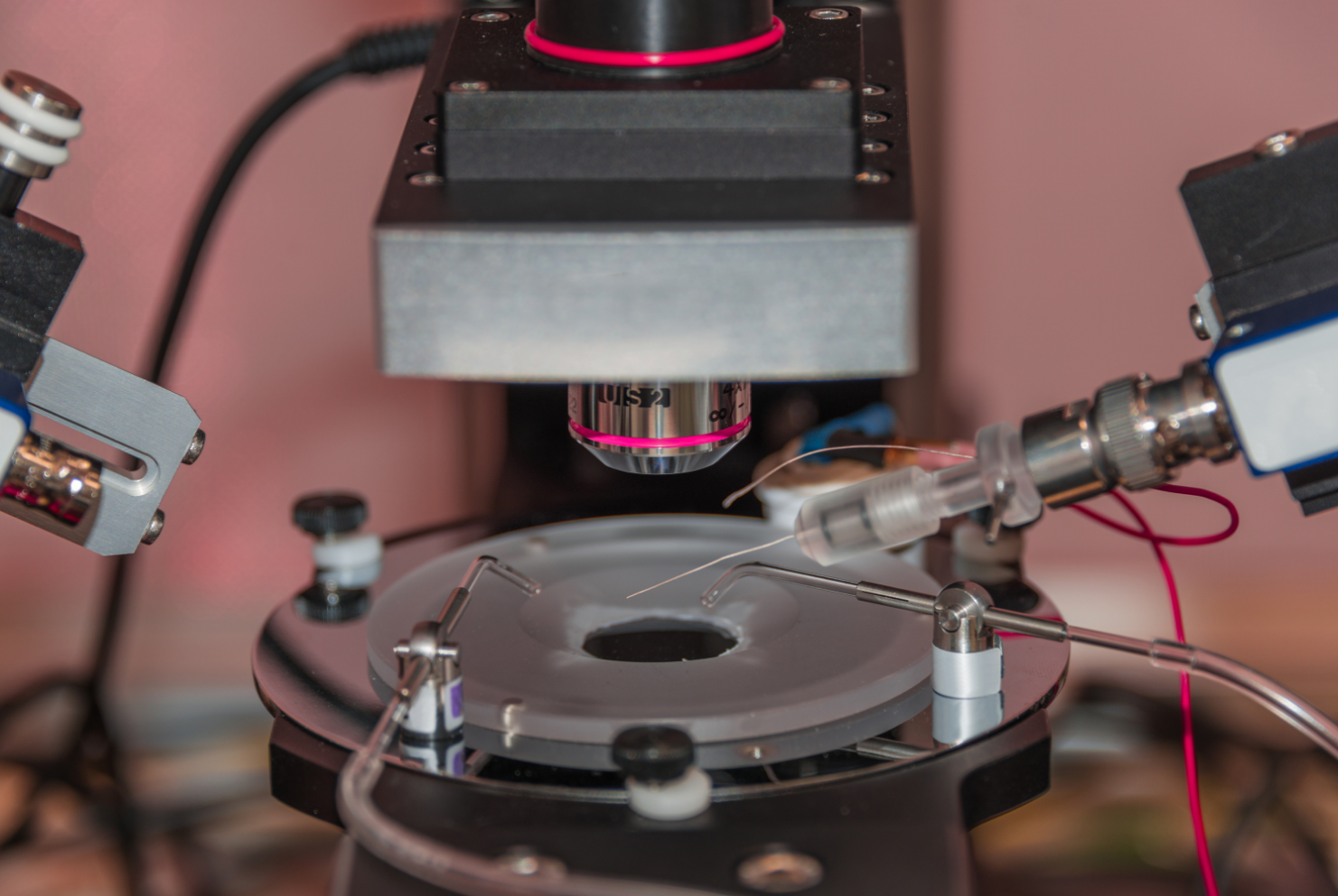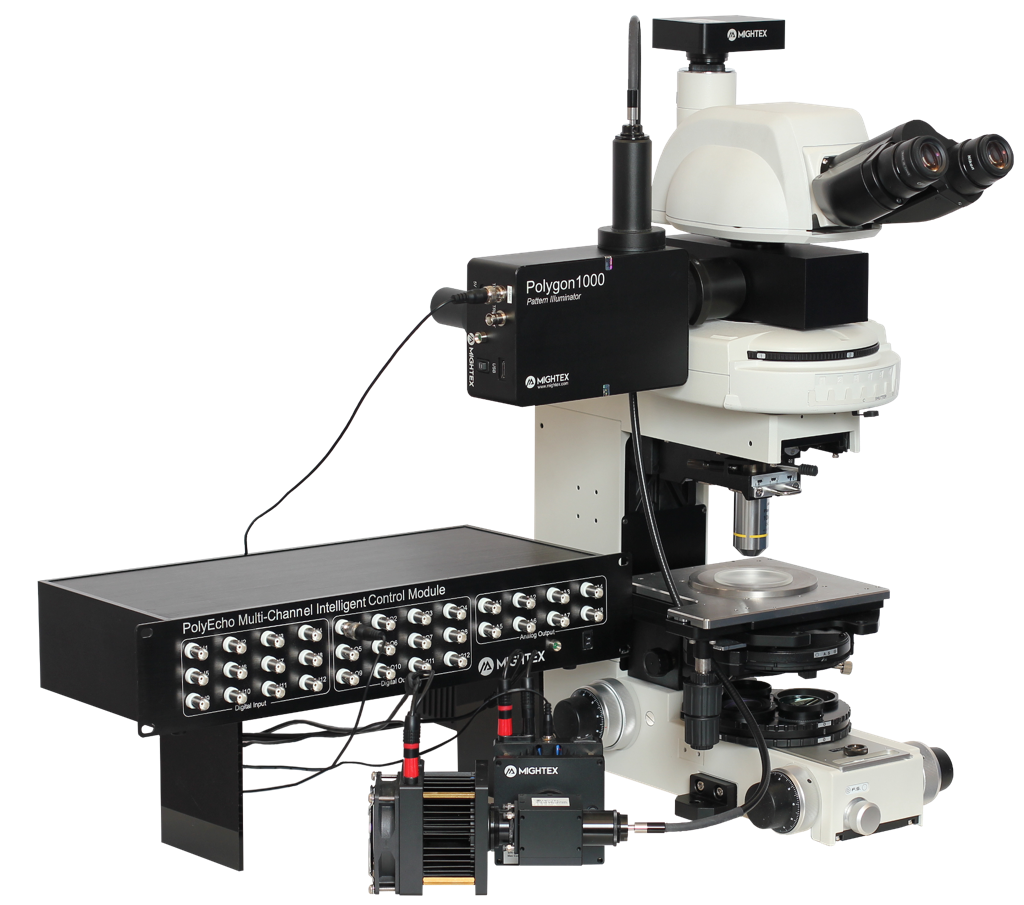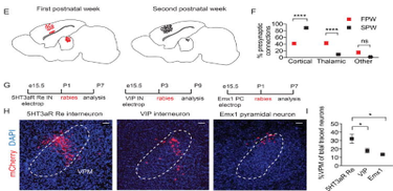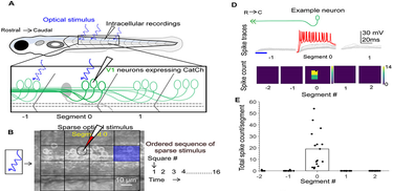Overview
- Neuroscientists using optogenetics for their research may need to precisely deliver light to target individual neurons.
- Specifically, for ex vivo and in vitro neuroscience optogenetics, scientists may have the following key requirements for their experimental system:


Key System Requirements
- Quick and easily integratable with existing experimental/electrophysiology rigs & setups
- Ability for both widefield and targeted stimulation of cellular/subcellular features
- Ability to simultaneously stimulate multiple ROIs at physiologically relevant speeds
- Ability to stimulate multiple opsins (multi-color)
- Powerful software control of spatial, temporal and spectral parameters of the optical stimulation
- Enable closed-loop control for real-time stimulation
Polygon DMD Pattern Illuminator
Mightex’s market-leading Polygon DMD Pattern Illuminator is designed and developed to meet these challenging requirements: it enables researchers to precisely deliver light to target individual neurons, multiple ROIs or large-scale areas, for optogenetic stimulation of one or more opsins in cultured cells, brain slices, explants, organoids, or other tissues or models.
For more details, please click “Optogenetic Stimulation: The Ultimate Guide” here➡️

Customer Successes and Publications
In unanesthetized mouse pups, layer I interneurons expressing 5HT3a serotonin receptor and reelin exhibit synchronized spontaneous calcium transients, activated by whisker stimulation. Thalamic input attenuation through NMDA receptor knockdown in these interneurons results in abnormal barrel map formation and deficits in whisker-dependent behavior, underscoring the critical role of specific interneuron types in somatosensory circuit assembly. For this study, optogenetic stimulation of patched cells was done using Mightex’s Polygon DMD pattern illuminator.
Alicia Che & Prof. Natalia V. De Marco Garcia
Cornell University, Ithaca, NY, USA





Spinal V1 neurons inhibit motor targets locally and sensory targets distally (Current Biology 2021).
In larval zebrafish, V1 (Eng1+) neurons, a major inhibitory population with dual sensory and motor functions, exhibit long ipsilateral axons spanning approximately 6 spinal segments. Using a combination of single-cell labeling, optogenetics, and electrophysiology, the researchers mapped connectivity from V1 neurons to motor and sensory spinal populations. Mightex’s Polygon DMD device was used to sequentially project 16 squares in a 4×4 grid for optogenetic stimulation.


Mohini Sengupta & Prof. Martha W. Bagnall
WUSTL, St. Louis, MO, USA
Trusted and proven by 700 labs worldwide with 150 publications




















